One of the more recent items we’ve digitized from the Stanly County Museum is the “Copy of Robert E. Lee’s Farewell Address and Parole Slip of Confederate Soldier E. S. Swaringen, 1865.” It’s a self-explanatory title, and despite the historic nature of Lee’s address the Parole was probably of equal or more import to Swaringen. The well-worn parole pass is pictured below.
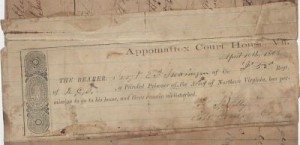
Dated April 10, 1865 at Appomattox Court House, Va., the pass reads: “The Bearer, Sargt E. S. Swaringen of Co. “I” 52nd Regt. of N. C. D., a Paroled Prisoner of the Army of Northern Virginia, has permission to go to his home, and there remain undisturbed.” It is signed S[amuel]. Lilly.
After Lee’s surrender, over 28,000 parole passes like this one were given out to Confederate soldiers who agreed not to fight — who would give up their arms and proceed home. The blank passes were printed in the field, the operation being directed by Major General John Gibbon who recalled the difficulty of producing so many in such a short period of time. It’s interesting to think about printing logistics compared with an event as momentous as the end of a war. Printing and filling out those passes would be like supplying every person in the city of Sanford NC with a small form within 24 hours.
E. S. Swaringen, the bearer of the pass, was Eli Shankle Swaringen or Swearingen (1836-1913) of Stanly County, North Carolina. The Swaringen family was and is prominent in Stanly County; William Swaringen was one of the first justices of the peace. During the Civil War, the 52nd Regiment, of which Eli was a part, was organized on 22 April 1862 near Raleigh. You can read a more extensive description of the Regiment’s activities in Volume 3 of the Histories of the Several Regiments and Battalions from North Carolina, in the Great War 1861-’65, p. 223 [271 online].
Swaringen and family are buried at Randall United Methodist Church in Norwood, North Carolina, and his tombstone, albeit slightly hard to read, is pictured here.
You can see more Stanly County Museum items at digitalnc.org.
 Elon University
Elon University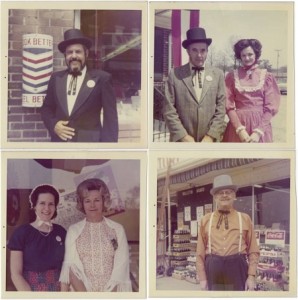
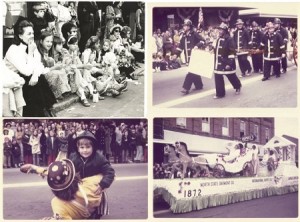
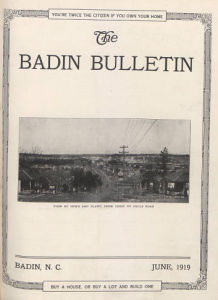
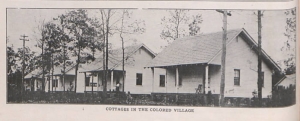

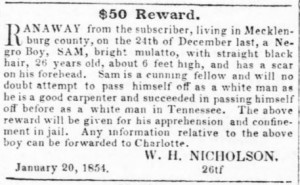
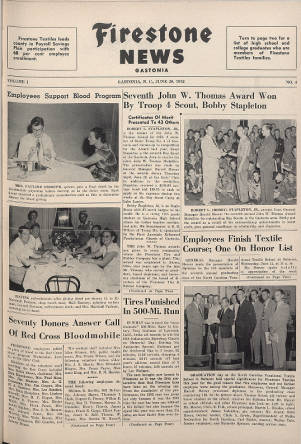
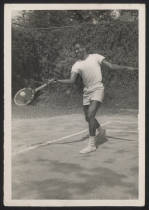
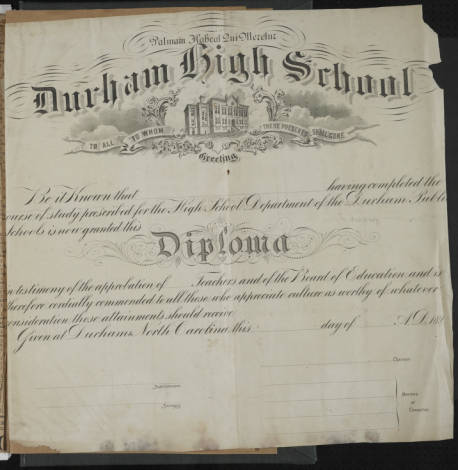 Clinton W. Toms (1868-1936) graduated from the University of North Carolina at Chapel Hill at the age of 21 and was a school principal prior to holding the position of superintendent for Durham schools from 1894 to 1897. Known as a progressive educator and philanthropist, he revamped the administration and arrangement of the graded school and helped to found the Durham Public Library in 1896. He introduced a compulsory manual training course to the curriculum and also reorganized the high school curriculum into subject departments. His efforts to secure funds to provide classroom materials brought him in contact with the Duke family. In 1897, he left the field of education to join the American Tobacco Company. This scrapbook documents Durham’s education system during Toms’ service as superintendent, primarily through newspaper clippings. Also included are school exercises, correspondence, and printed material.
Clinton W. Toms (1868-1936) graduated from the University of North Carolina at Chapel Hill at the age of 21 and was a school principal prior to holding the position of superintendent for Durham schools from 1894 to 1897. Known as a progressive educator and philanthropist, he revamped the administration and arrangement of the graded school and helped to found the Durham Public Library in 1896. He introduced a compulsory manual training course to the curriculum and also reorganized the high school curriculum into subject departments. His efforts to secure funds to provide classroom materials brought him in contact with the Duke family. In 1897, he left the field of education to join the American Tobacco Company. This scrapbook documents Durham’s education system during Toms’ service as superintendent, primarily through newspaper clippings. Also included are school exercises, correspondence, and printed material.